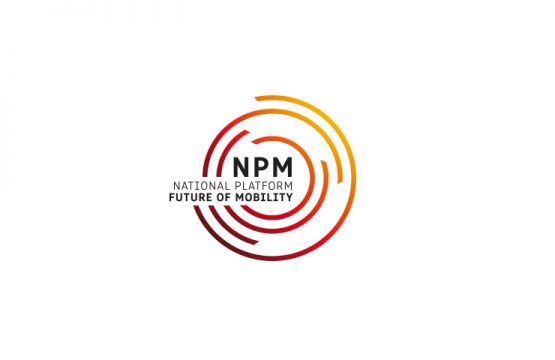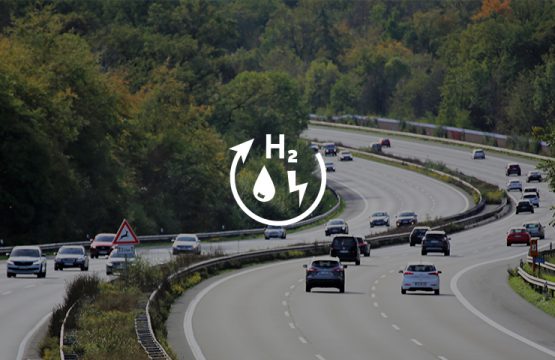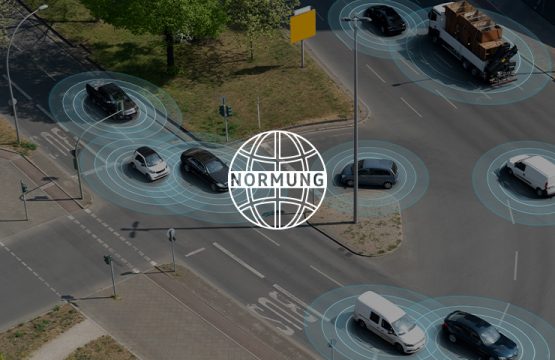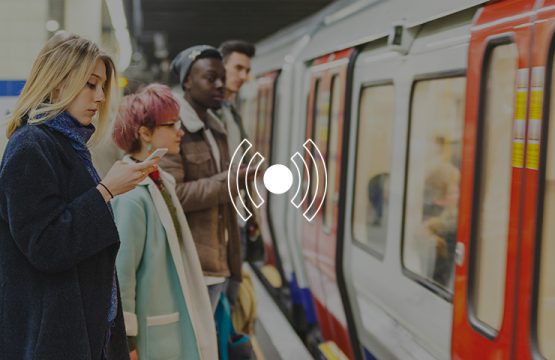- Not only can electric vehicle batteries be charged at charge points, but they can also feed their energy back into the grid. This is called bidirectional charging or vehicle-to-grid (V2G). What needs to be in place for the implementation of V2G and what is the added value to users of e-vehicles?
- The uptake of electromobility relies on a nationwide network of public charging infrastructure to be in place. This needs to be available to both everyday local traffic and long-distance traffic. What is the status quo and what measures need to be taken to achieve nationwide coverage throughout the whole of Germany?
NPM’s Working Group 5 “Connecting mobility and energy networks, sector integration” has produced two new reports entitled Factsheet Vehicle to Grid – Customer benefits and grid integration and Nationwide charging infrastructure which focus on these questions and demonstrate solutions and added value for the mobility and energy sectors. The reports show once again that it is fundamentally important for all stakeholders to have a common understanding of the technical and strategic issues around electromobility if electromobility in Germany is to become a success story. In this way, forward-looking applications can be implemented and the needs-oriented and efficient expansion of the infrastructure for services around electromobility can be accelerated.
Factsheet Vehicle to Grid – Customer benefits and grid integration
Through intelligent integration of electric vehicles into the energy system (sector integration), bidirectional charging will become an important element in the electromobility ecosystem. Electricity being fed into and out of the battery as needed provides optional flexibility to customers and is also relevant for energy transition. Accordingly, the use cases for vehicle-to-grid include, inter alia, the optimisation of individual or local consumption, grid-friendly charging options as well as electricity marketing and provision of further system services (e.g. balancing energy). The technical prerequisites for vehicle-to-grid are basically in place, but have not been fully implemented in the market yet. Apart from focussing on pilot projects and real-life laboratories, NPM’s WG 5 has identified key actions that will help this technology to be further developed and to create future value.
Report “Nationwide charging infrastructure“
The uptake of electromobility requires nationwide charging infrastructure that can be operated in an efficient manner. What remains to be seen is how nationwide coverage is to be fleshed out and at what point it has been reached. The report provides a common understanding which, due to their different requirements, distinguishes between the expansion of public charging infrastructure in local traffic and in long-distance traffic.
In terms of seamless charging infrastructure coverage at local level, local authorities have, according to NPM, a vital role to play in drafting needs-based local charging infrastructure strategies which should be accompanied by national measures and funding programmes. To illustrate potential local charging infrastructure strategies, the report provides relevant best practice examples. In order to complete nationwide charging infrastructure in long-distance traffic along motorways and national roads and in order to enable its implementation to be measured over time, the recommendation is for distances of up to 30 km to 50 km and for all existing service stations to be equipped with charging infrastructure. At the same time, the possibility of future up-scaling and adding of locations in line with demand needs to be given.
The reports are available to download on www.plattform-zukunft-mobilitaet.de/berichte/ (in German).
About NPM – National Platform Future of Mobility
The National Platform Future of Mobility brings together experts in the fields of politics, the private sector, associations, research institutes and NGOs to develop visions for sustainable, environment- and climate-friendly, affordable and competitive mobility in Germany. Presided by Prof. Dr. Henning Kagermann, six working groups develop intermodal guidance to politicians, businesses and society in a technologically-neutral way.
Contact:
Alexandra Huß
Communication advisor
Office of the Chairman of National Platform Future of Mobility
huss@acatech.de
+49 (0)30 / 206 30 96 86
+49 (0)160 / 714 93 25






